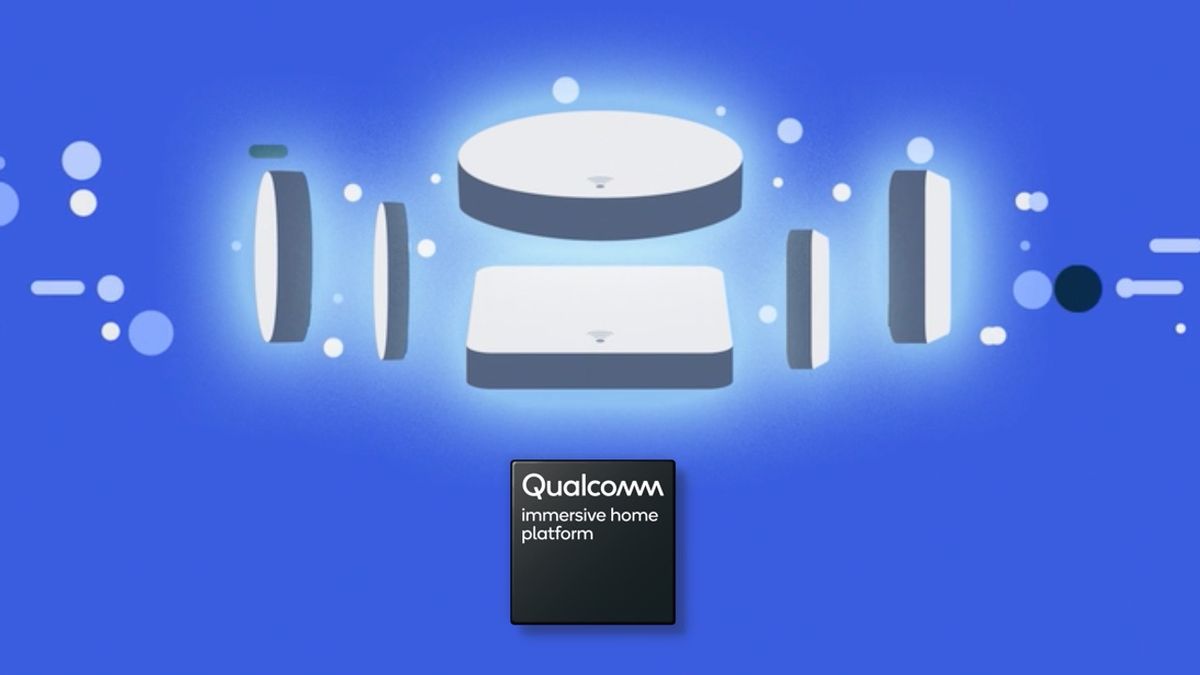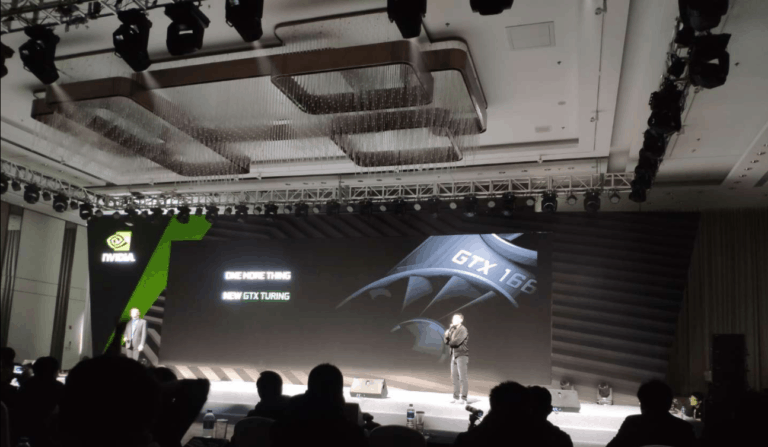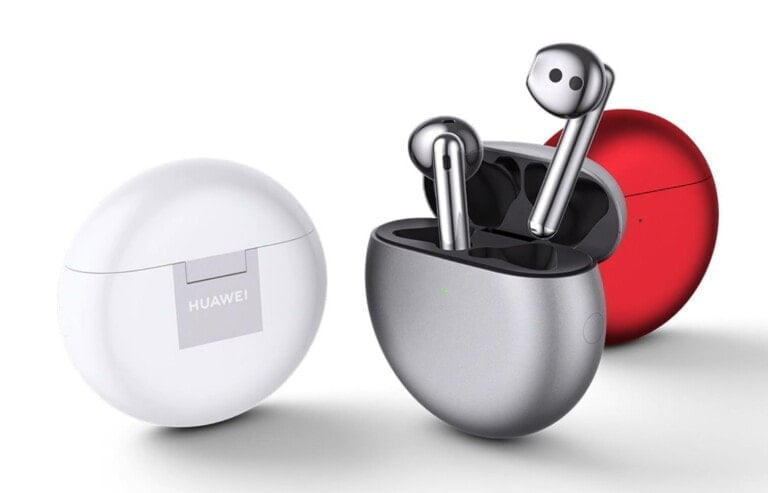Any links to online stores should be assumed to be affiliates. The company or PR agency provides all or most review samples. They have no control over my content, and I provide my honest opinion.
Wi-Fi 6 has finally gone mainstream with dozens of Wi-Fi 6 routers and mesh Wi-Fi systems as well as most flagship phones and laptops all coming with the new superspeed tech.
Wi-Fi 6E, 6 GHz and 160 Hz channel width
However, the current Wi-Fi 6 chipset only use the older 2.4Ghz and 5Ghz channels which severely limits the overall performance. The plan all along was to use the 6Ghz channel, which would increase the number of available channels using 160Mhz from 2 to 7.

The 160Mhz channel width is essential as this doubles the speed of each stream available to the router or client. At 80Hz on Wi-Fi 6, that is 600 Mbps per stream, and with Wi-Fi 5 it was 433 Mbps per stream.
Most clients offer a 2×2 radio so, with 80Hz, which is the most used channel width, the best you can hope for is 1200Mbps, which at best at short range translates to around 900mbps. At 160Hz this then increases 2400Mbps.
The last time I posted about Wi-Fi 6E was in May when Qualcomm announced the FastConnect 6900 & 6700 chipsets. Since then nothing has been said with no sign of consumer clients or routers using them. So it looks like we are a long way off this new Wi-Fi 6E becoming standard.
Yesterday, Qualcomm expanded the product range with two new chipsets offering groundbreaking mesh networking (their words not mine).
Qualcomm states:
Designed to deploy Gigabit-speed wireless performance to every room in the home in form factors as small as the palm of the hand, these devices are cost-effective enough to target low consumer price points.
Qualcomm Immersive Home 310 Series

The two Immersive Home 310 Series chipsets are the most interest as these are the ones that use the new Wi-Fi 6E 6Ghz tri-band set up.
- Qualcomm Immersive Home 318 Platform:
- Advanced 8-stream Tri-Band in a 2×2 (2.4GHz) + 2×2 (5GHz) + 4×4 (6GHz) configuration, for a total of 7.8 Gbps total available PHY rate.
- Multi-gigabit wireless throughput for high performance clients.
- Support for 160 MHz channels in 5/6GHz bands
- 4×4 Wi-Fi 6E configuration in the 6GHz band delivers enhanced performance, range, and/or client count
- Qualcomm Immersive Home 316 Platform:
- Advanced 6-stream Tri-Band in a 2×2 (2.4GHz) + 2×2 (5GHz) + 2×2 (6GHz) configuration, for a total of 5.4 Gbps total available PHY rate.
- Multi-gigabit wireless throughput for high performance clients.
- Support for 160 MHz channels in 5/6GHz bands
Qualcomm Immersive Home 210 Series

The next two chipsets are dual-band offering a 6-stream and 4-stream solution on the traditional frequencies. These will hopefully pave the way for new lower-cost Wi-Fi 6 mesh system.
- Qualcomm Immersive Home 216 Platform:
- Innovative 6-stream Wi-Fi 6 in a 2×2 (2.4GHz) + 4×4 (5GHz) configuration, for a total of 5.4 Gbps total available PHY rate.
- Multi-gigabit wireless throughput for high performance clients.
- Support for 160 MHz channels in 5GHz bands
- 4×4 Wi-Fi 6 configuration in the 5GHz band delivers enhanced performance, range, and/or client count
- Qualcomm Immersive Home 214 Platform:
- Innovative 4-stream Wi-Fi 6 in a 2×2 (2.4GHz) + 2×2 (5GHz) configuration, for a total of 3.0 Gbps total available PHY rate.
- Multi-gigabit wireless throughput for high performance clients.
- Support for 160 MHz channels in 5GHz bands
Companies working with Qualcomm Immersive Home chipsets
As you would expect, router companies are eager to jump on board with this new technology. Qualcomm.
Committed companies include Netgear, EnGenius and TP-Link, all of which have excellent Wi-Fi 6 systems that I have reviewed on the market already. Othe big names in the business include eero, Belkin and Xiaomi.
When will Wi-Fi 6E routers and client devices launch, and will the Snapdragon 875 have Wi-Fi 6E?
At the moment we have no idea. I recently had a Zoom call with Netgear and stated nothing is currently planned to launch (they probably just didn’t want to tell me).
The best-case scenario is that the soon to be announced Qualcomm Snapdragon 875 will feature the previously announced FastConnect 6900. The SD865 already uses the FastConnect 6800 so this seems like a logical conclusion.
If that launches with Wi-Fi 6E, we will see flagship phones available with it next year. The caveat here is that the Snapdragon 855 had Wi-Fi 6 support, and it was only really Samsung that rolled it out.
As soon as phones launch with Wi-Fi 6E we can expect routers and mesh systems to follow shortly afterwards.
The Intel Wi-Fi 6 AX200 was only announced in April 2019, and my review of it was June 2019. So it could be mid-year next year before computers have a Wi-Fi 6E module (if we are lucky)
I am James, a UK-based tech enthusiast and the Editor and Owner of Mighty Gadget, which I’ve proudly run since 2007. Passionate about all things technology, my expertise spans from computers and networking to mobile, wearables, and smart home devices.
As a fitness fanatic who loves running and cycling, I also have a keen interest in fitness-related technology, and I take every opportunity to cover this niche on my blog. My diverse interests allow me to bring a unique perspective to tech blogging, merging lifestyle, fitness, and the latest tech trends.
In my academic pursuits, I earned a BSc in Information Systems Design from UCLAN, before advancing my learning with a Master’s Degree in Computing. This advanced study also included Cisco CCNA accreditation, further demonstrating my commitment to understanding and staying ahead of the technology curve.
I’m proud to share that Vuelio has consistently ranked Mighty Gadget as one of the top technology blogs in the UK. With my dedication to technology and drive to share my insights, I aim to continue providing my readers with engaging and informative content.







